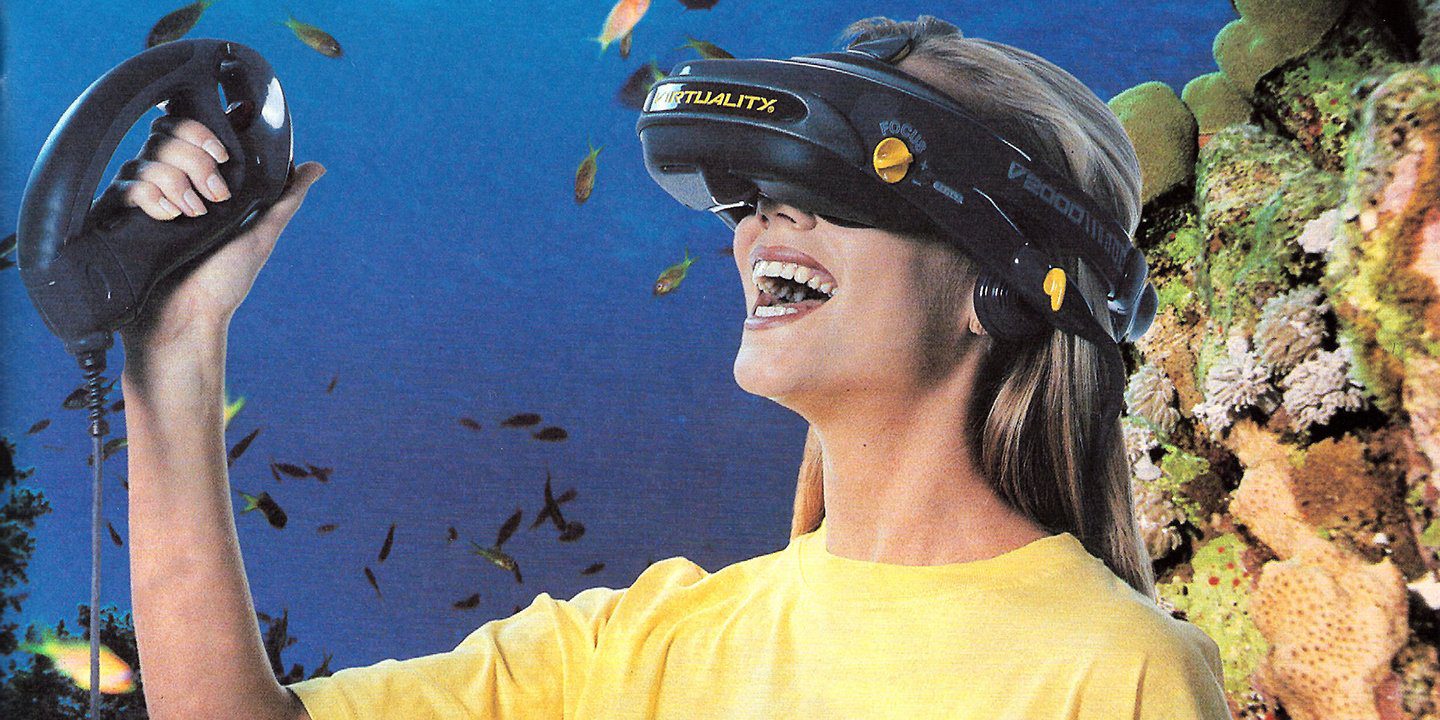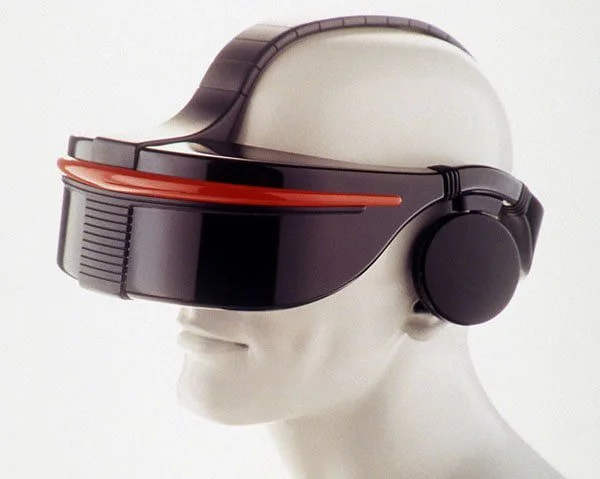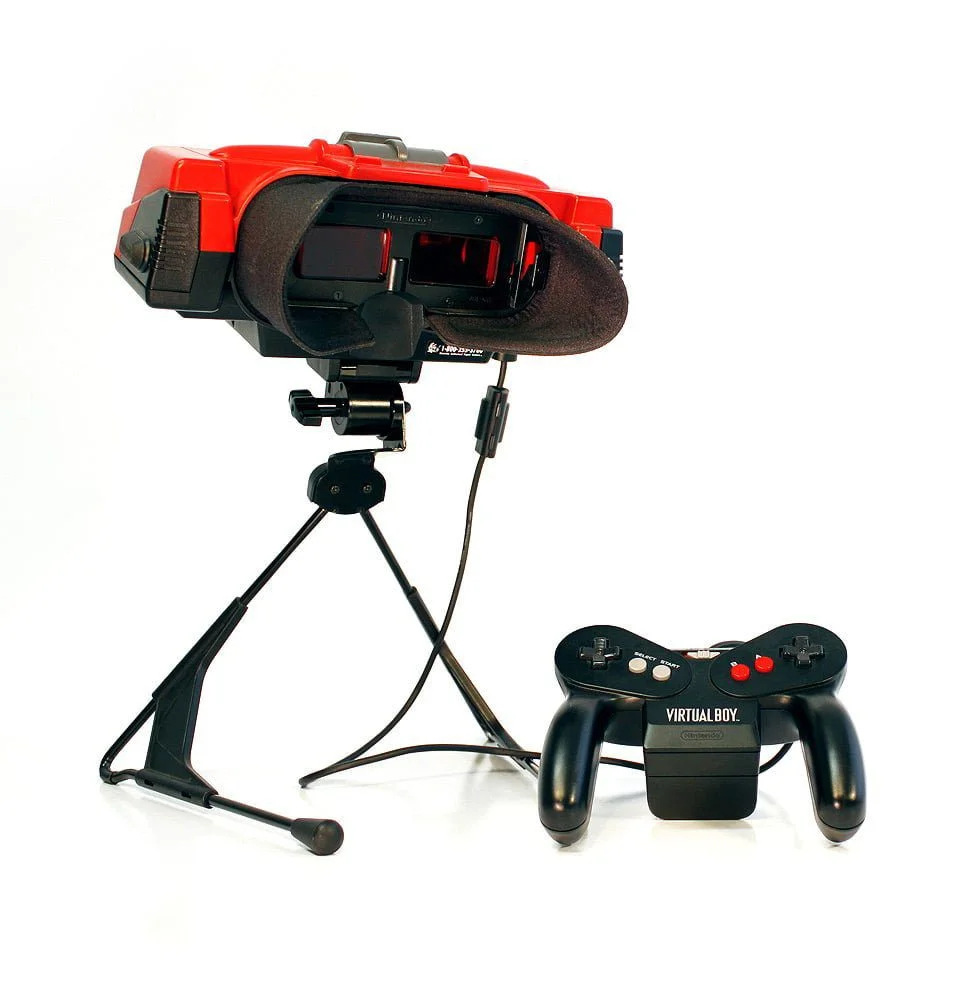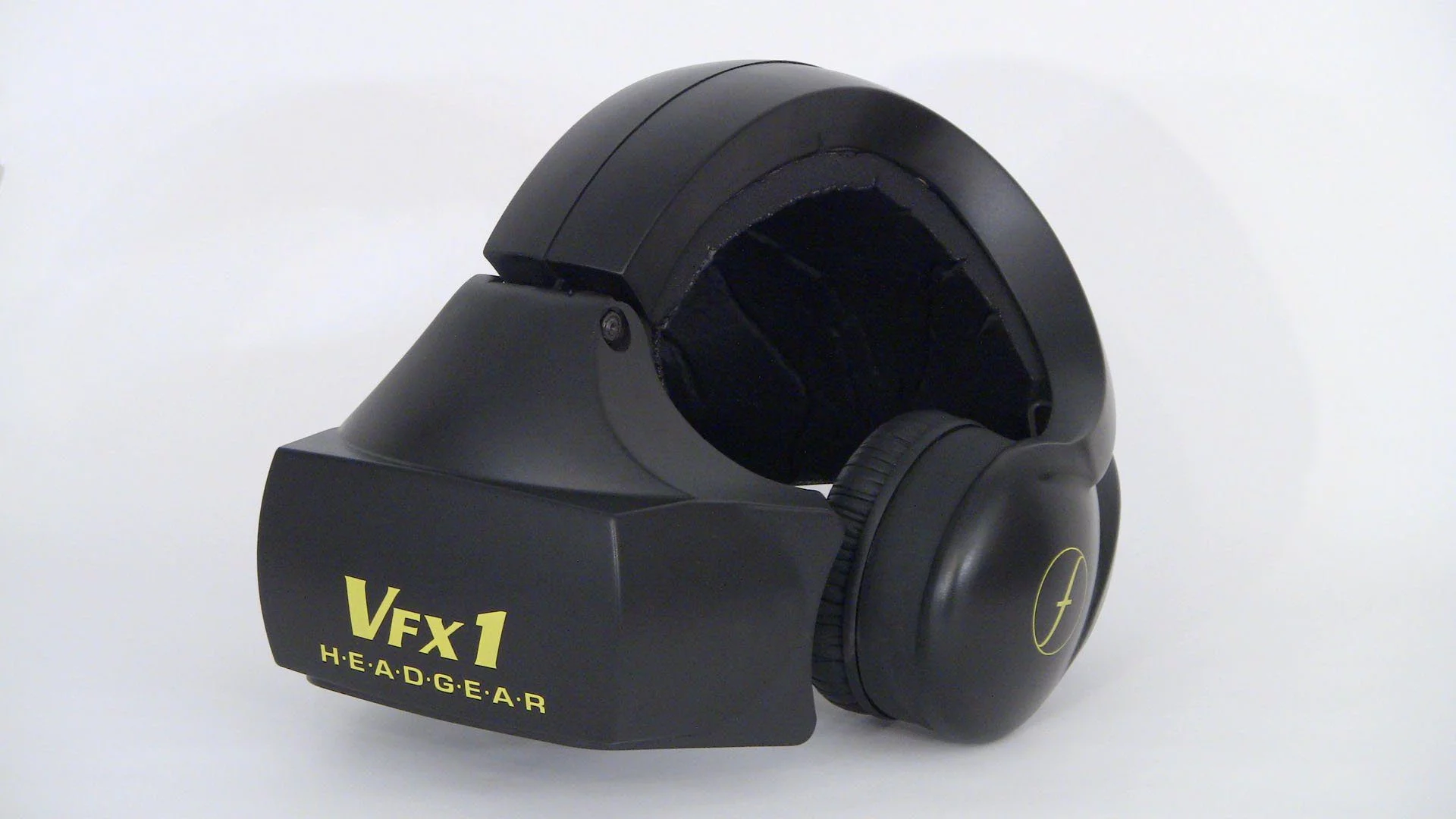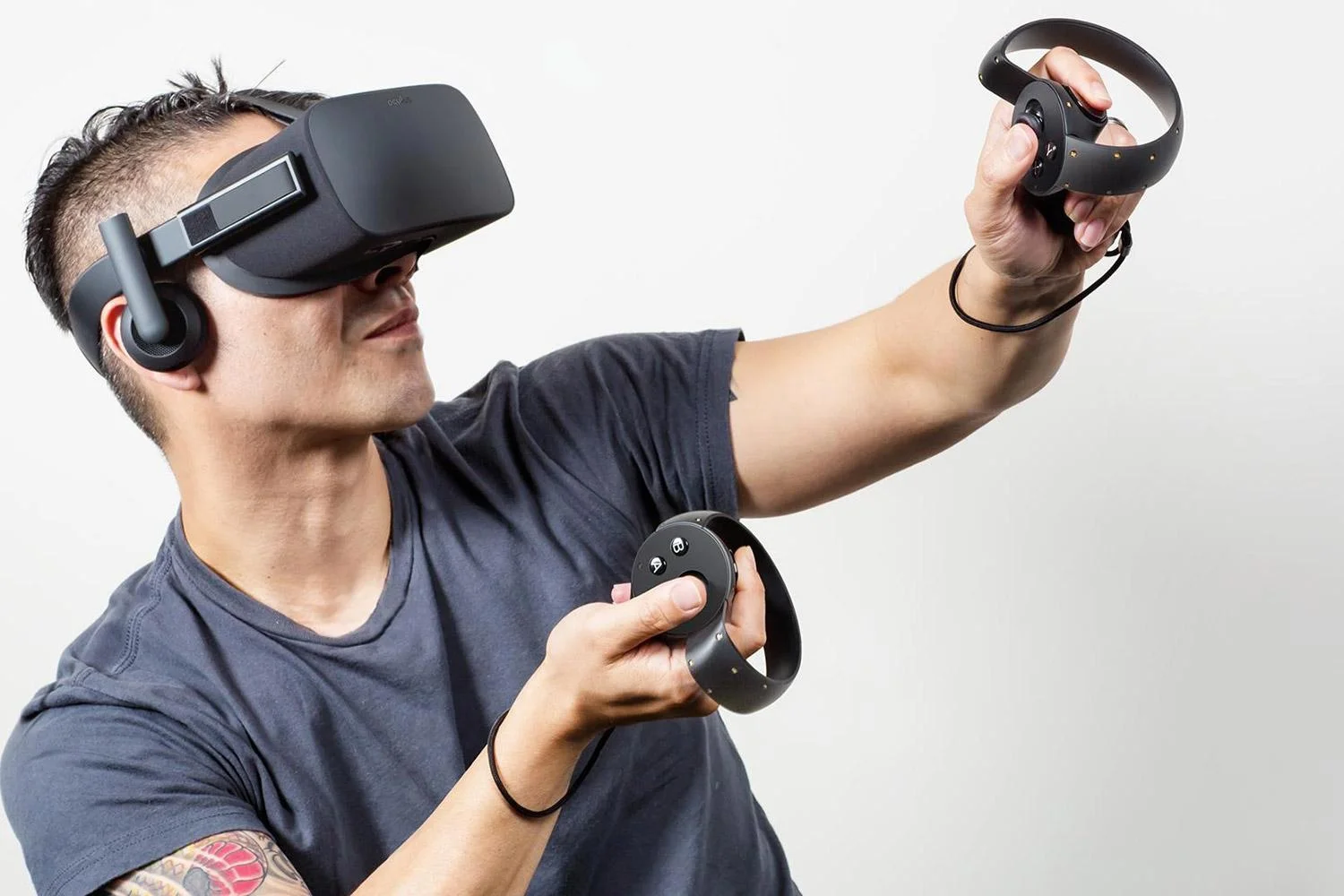Strap on a big rectangular black headset on the head, and you can traverse a lost ship or play soccer in wembley. That’s what virtual reality (VR) headsets, like the Oculus Rift and HTC Vive has promised us.
Virtual reality refers to improved computer technologies that uses software and other important techniques to generate realistic images and other system, that can be used to replicate a real environment and stimulate an individual physical presence in this environment.
Concepts Behind Virtual Reality
Typically a person using these gadgets are able to feel and see a new generated or replicated environment. Take for example, you can take a dive into the deep sea without actually going there but still able to have the full experience.
The concepts behind this devices are based upon theories about a long held human desire to escape the boundaries of the ‘real world’ by embracing cyberspace. The idea is to be able to interact without the basic mouse and keyboard we use regularly on our daily life, but with virtual reality we can full immerse ourselves in a highly visual world which we explore by means of our senses.
In recent months tech news has been flooded with so many information detailing the latest advancements in virtual and augmented reality. As awesome and innovative the virtual reality is, many still believe it is still in it’s early days that is largely because previous virtual reality-style efforts have flopped in the past.
But the latest crop of headsets are better and more promising than its predecessors, thanks to their much-improved graphics, head-tracking abilities.
Evolution of Virtual Reality
View-Master (1939)
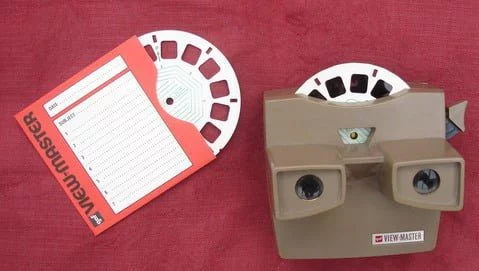
The View-Master system was introduced in 1939 and was the beginning of what we today call Virtual reality. It was a perfect way to view landscape pictures.
Virtuality (1991)
Virtuality was produced by The Virtuality Group in the early 1990s. Virtuality’s pods delivered real-time multiplayer VR gaming, it wasn’t a hit but it help kick-start the Virtual Reality industry.
Sega VR (1993)
The Sega VR was a gadget released by Sega in the 1990s. Ridding on it’s game console success, Sega where the first company to try and bring the Virtual reality headsets into home.
Virtual Boy (1995)
The virtual boy was released by Sega’s competitor- Nintendo, so as to achieve what the Sega VR didn’t accomplish. It was popularly known as the first “portable” video game console capable of displaying “true 3D graphics” out of the box.
Even with that the virtual boy was a commercial failure and Nintendo refused to sell again. The Virtual Boy is Nintendo’s second lowest-selling platform after the 64DD.
VFX1 Headgear (1995)
1995 saw the release of the first consumer-level virtual reality headset and was available for around $600 dollars.
Oculus Rift (2016)
After some times the noise around the virtual reality headsets died down and it wasn’t until around 2012 we finally had a big breaktrough. To aid the development of Rift, Oculus proposed a kick-starter campaign that would later become successful and raise US$2.5 million. Later in March 2014, Facebook purchased Oculus for $2 billion.
The Oculus Rift was finally released on March 28, 2016. It’s available now for $599. The Oculus Rift will likely be remembered as the first modern virtual reality headset.





